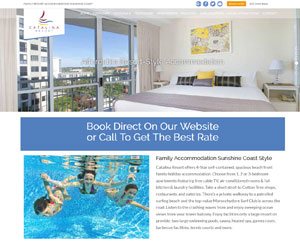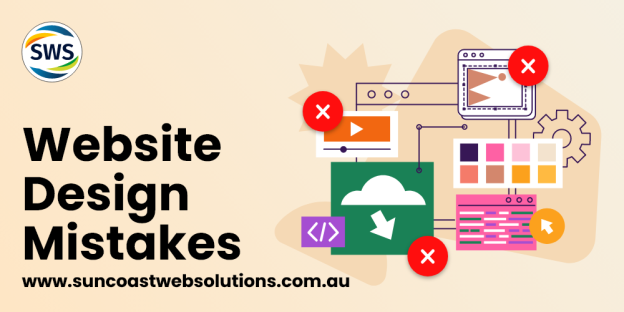Building Trust Online

 22nd Nov, 2013
22nd Nov, 2013
Can technology be trusted with the care of the things we once confided in fellow human beings, like names, addresses, banking details and even our credit card numbers? In an increasingly online world building trust is a pre-requisite to doing anything, even starting with an innocuous question like asking for an email address.
The guidelines for creating and maintaining trust in cyberspace begin with an understandable and growing concern about theft, whether it is of a credit card number or of a total identity. This concern is highlighted when the purpose of a site is to sell a product or service for which the visitor must provide credit card and personal details. The most recognisable sign a site is safe is one which shows the padlock icon of the Secure Socket Layer or other software which encrypts confidential data for transmission through cyberspace. The icon is usually found at the bottom right hand side of the browser window.
Additionally, visitor trust can be underpinned by displaying the logos of recognised professional or technical bodies or industry associations, for example the Registered Builders or Master Plumbers, of which the website’s owner is a member and which imply adherence to codes of behaviour.
While the Internet can speed up and automate business transactions, there is no excuse for de-personalising a business. A key contributor to building trust is to present a ‘face’ to the business. As well as showing photos of appropriate key personnel, it is essential to provide email and telephone details in the event a visitor needs to speak to a real person.
A further guideline is to display endorsements or testimonials from customers, supporters or other stakeholders to enable ‘typical’ visitors to believe what the organisation is saying.
In some circumstances it may be appropriate to offer visitors the chance to sign-up for free trials of a product or service. A further step towards building trust when regular repeat visits to a site are likely is to simplify the log-in process to avoid the visitor having to type in the same information time and again. The websites of some airlines do this efficiently by saving a visitor’s profile and filling in the information field once the visitor proceeds with a booking.
If the above guidelines actively build trust, then graphic design and content which are unsuited to the target audience unconsciously undermine that trust. Content must not only be relevant but current. Trust is also threatened if links to other sites fail to operate.
we are your one-stop internet marketing solution on the sunshine coast!

 07 5479 3888
07 5479 3888









